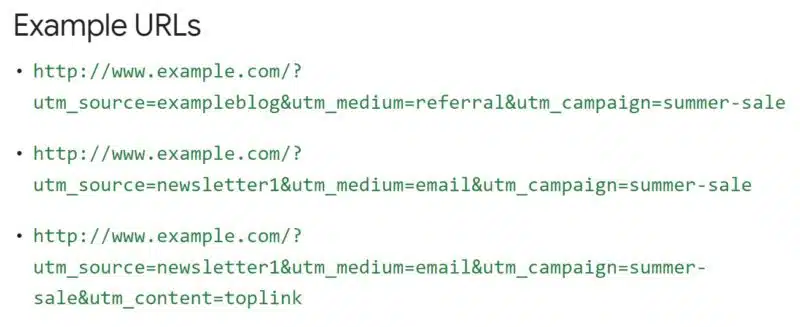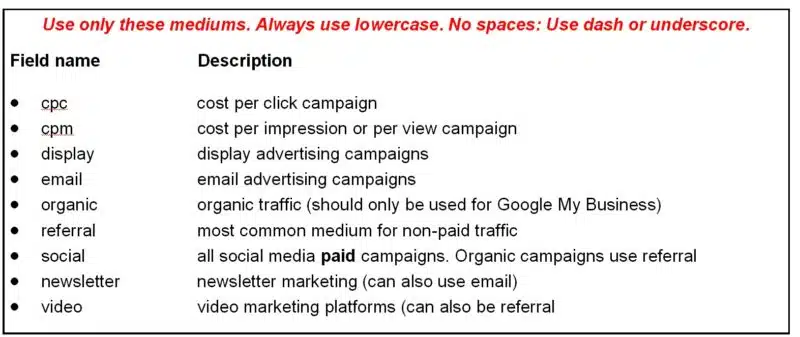UTM tagging: Getting started in Google Analytics 4
UTM codes, text you add to a link to gives you more information, are a key element to get the most from GA4.
Working with Colleen Harris, head of business intelligence and reporting strategy at Sincro, we’re putting together a guide to getting started with Google Analytics 4. This is part 7. Links to all the articles are at the end of the post.
In this post we’ll be talking about UTM tagging. To some folks this may seem like a very basic thing, but it’s so important in GA4 that a refresher is in order.
Dig deeper: GA4: What marketers need to know for a successful transition
“GA4 is based a lot around source, medium, as well as campaign and things like that,” says Colleen Harris. “So it’s becoming a time where UTM tagging of more than just source medium is necessary for all of your strategies. You really want to be looking at trying to use a keyword, trying to use campaign content, things like that. The more that you put into those UTM parts, the more that you’re able to get in the reporting in GA4.”
What is UTM?
UTM codes are text you add to a link that gives your analytics tool more information about each link.

What does UTM do?
It tells you specific information about how your traffic is coming to you. Things like:
- Where is the traffic coming from?
- How is it getting to me?
- Why is it coming to me?
How does it work?
By using elements called “UTM parameters.” These include:
- utm_source — Where traffic is coming from. Sample sources can be facebook, google, twitter, linkedin (UTM source and medium elements must always be lowercase).
- utm_medium — Identifies the medium of the traffic. More below.
- utm_content — Tracks the ad or the link where the website traffic is sent to. This lets you test variations of the same ad.
- utm_name — Identifies the particular campaign this traffic is linked to.
- utm_term — specifically for paid search activities and for Google Ads. It is auto-populated if auto-tagging on Google Ads and Google Analytics 4 are turned on.
As a result, you can track the performance of each of those links.
Don’t get creative with names in the medium field
Below are the only names that should be used in the medium field in the UTM tag. Using other definitions of “medium” which corrupts the GA reports.

Tools to use
“My two favorite tools to build UTM tagging [are] the Google Analytics URL Builder, which is a Chrome extension, and the UTM IO is a total game changer for making UTM work and happen at scale,” says Harris.
Also, a helpful thing to keep in mind from Colleen: “Even those of us who are thought leaders, industry experts on GA4, we’re all figuring this out, too. It is a plane being put together at 30,000 feet. So, don’t feel like you’re alone in this lack of understanding or frustration.”
Getting started with Google Analytics 4
Catch up on the entire series:
Related stories